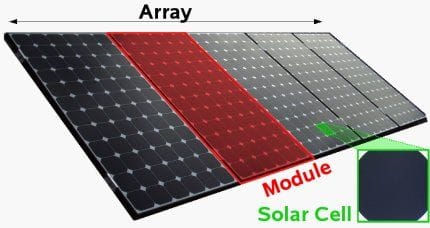Solar cells can be found almost anywhere, from calculators, children's toys, torches and satellites etc. Solar cells are also called photovoltaic (PV) cells, photo meaning "light" and voltaic meaning "electricity", which generate electricity directly from visible light by means of the photovoltaic effect.
A group of PV cells connected electrically and placed into a frame is called a module (or a solar panel), which can then be grouped into larger groups of modules to form a solar array.




)
)
)
)
)
)
)
)
)
)
)
)
)
)
)
)
)
)
)
)
)
)
)

